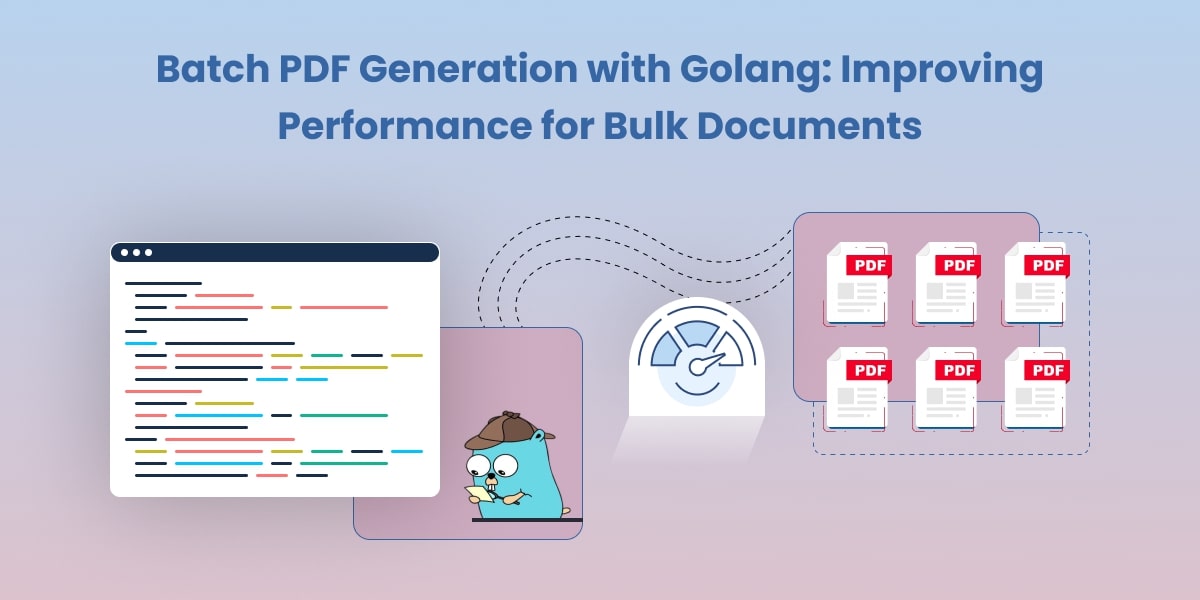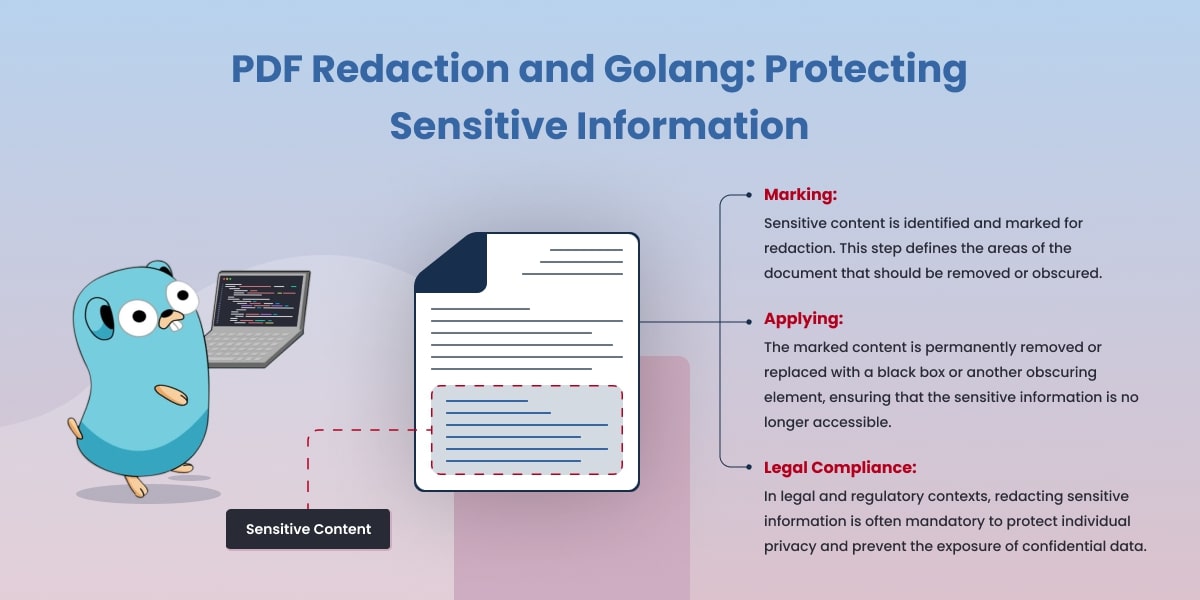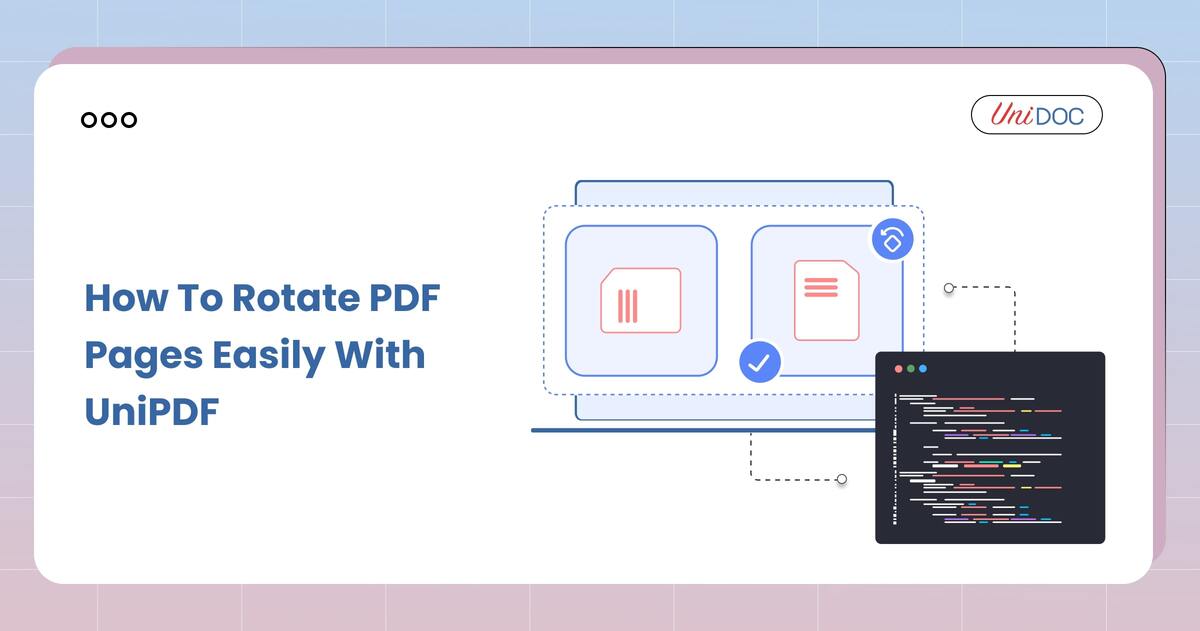Batch PDF Generation with Golang: Improving Performance for Bulk Documents
 In today’s fast-paced digital world, businesses often find themselves in need of generating a large number of PDF documents quickly and efficiently. Whether it’s generating reports, invoices, or marketing materials, the ability to create these documents in bulk is crucial. This is where the power of Golang (Go) comes into play.
In today’s fast-paced digital world, businesses often find themselves in need of generating a large number of PDF documents quickly and efficiently. Whether it’s generating reports, invoices, or marketing materials, the ability to create these documents in bulk is crucial. This is where the power of Golang (Go) comes into play.
In this article, we will delve into the world of PDF generation with Golang, exploring its benefits and techniques for improving performance when dealing with bulk document generation.
Introduction to PDF Generation with Golang
PDF (Portable Document Format) is a widely used file format for creating and sharing documents across different platforms. Generating PDFs programmatically is a common requirement for businesses and developers alike.
Golang, also known as Go, is a statically typed, compiled programming language that has gained significant popularity due to its simplicity and performance.
Generating PDFs with Golang involves utilizing its robust libraries and concurrency features. Golang provides developers with the tools needed to efficiently create PDF documents from scratch or modify existing ones. This is particularly useful when dealing with scenarios that require generating a large number of PDFs in bulk, which brings us to the concept of batch PDF generation.
Benefits of Using Golang for PDF Generation
Before we dive into the specifics of batch PDF generation, let’s explore the benefits of using Golang for this task:
Performance: Golang is known for its impressive runtime performance. It compiles to machine code, resulting in faster execution and reduced memory usage. This makes Golang well-suited for tasks that involve processing and generating a large number of documents.
Concurrency: Golang’s built-in support for concurrency through goroutines and channels is a game-changer for batch processing tasks. It allows you to execute multiple tasks concurrently, optimizing resource utilization and improving overall efficiency.
Cross-Platform: Golang offers cross-platform support, making it possible to develop applications that can run seamlessly on various operating systems.
Rich Standard Library: Golang’s standard library includes packages for handling various tasks, including file operations, networking, and more. When it comes to PDF generation, the rich ecosystem of Golang’s libraries offers excellent options.
Ease of Use: Golang’s syntax and design emphasize simplicity and readability. This makes it easier for developers to write and maintain code, even when dealing with complex tasks like PDF generation.
Understanding Batch PDF Generation
Batch PDF generation refers to the process of creating multiple PDF documents in a single execution of a program. This approach is incredibly useful when dealing with scenarios where you need to generate a large number of similar documents, such as invoices, reports, receipts, or certificates.
In a non-batch approach, you would generate each PDF document sequentially. This can be time-consuming and inefficient, especially when dealing with a significant number of documents. Batch PDF generation, on the other hand, leverages the power of concurrency to process multiple documents simultaneously, significantly improving performance and reducing execution time.
Techniques for Improving Performance
Now that we have a solid understanding of batch PDF generation and the benefits of using Golang, let’s explore some techniques for improving performance in this context.
Goroutines for Concurrent Processing
One of the standout features of Golang is its ability to work with goroutines, which are lightweight threads that enable concurrent execution of tasks. In the context of PDF generation, you can use goroutines to generate multiple PDF documents simultaneously.
By launching a goroutine for each document you need to generate, you can take full advantage of your system’s available CPU cores. This concurrent approach can significantly speed up the overall generation process. However, it’s important to manage these goroutines effectively to avoid issues like resource contention and excessive memory usage.
Utilizing Buffered Channels
Channels are another powerful concurrency construct in Golang that allow communication and synchronization between goroutines. Buffered channels can be particularly useful when dealing with batch PDF generation.
A common approach is to create a buffered channel to hold a certain number of document generation tasks. Goroutines responsible for generating PDFs can pull tasks from this channel and process them. This helps regulate the number of concurrent goroutines working on PDF generation, preventing an overwhelming number of goroutines from being spawned at once.
Paged Batch Processing
In scenarios where you’re dealing with an extremely large number of documents, you might want to implement paged batch processing. This involves breaking down the task into smaller batches or pages and generating PDFs in manageable chunks.
For instance, if you need to generate 1000 PDFs, you could divide the task into 100 batches of 10 PDFs each. By processing these batches sequentially or concurrently, you can strike a balance between performance and memory consumption. This approach also enables you to monitor progress and handle errors more effectively.
External Libraries for PDF Generation
Golang offers a variety of external libraries that streamline the process of generating PDF documents. These libraries provide the necessary tools to create content, style elements, and export them as PDF files. Here are a few notable options:
github.com/unidoc/unipdf: If you require more advanced features, such as manipulating existing PDFs or adding interactive elements, the UniPDF library might be the right choice. It provides comprehensive functionality for working with PDFs, including reading, writing, and editing.
github.com/jung-kurt/gofpdf: Gofpdf is another popular library that offers an easy-to-use API for PDF generation. It supports text, images, and basic shapes. Its simplicity makes it a good choice for straightforward PDF generation needs.
Best Practices for Effective PDF Generation
While Golang provides the tools to efficiently generate PDFs, there are some best practices you should follow to ensure your batch PDF generation process is smooth and effective:
Resource Management: Keep a close eye on resource consumption, especially memory usage. Improper management of goroutines and channels can lead to excessive memory consumption and potential crashes.
Error Handling: Implement robust error handling mechanisms. When generating PDFs in bulk, encountering errors is inevitable. Proper error handling ensures that your application can gracefully recover and continue processing.
Testing: Thoroughly test your PDF generation code, especially when dealing with concurrency. Utilize Golang’s testing framework to catch potential issues early in the development process.
Monitoring and Progress Tracking: Implement mechanisms to monitor the progress of your batch PDF generation. This can include tracking the number of documents generated, identifying any failed generation tasks, and providing relevant feedback.
Code Organization: Divide your code into modular components for better maintainability. This becomes crucial as your PDF generation codebase grows in complexity.
Optimize Goroutine Management: Experiment with the number of goroutines based on your system’s capabilities. Creating too many goroutines might lead to diminished performance due to excessive context switching.
Conclusion
In the realm of modern business operations, PDF generation in Golang in bulk is an essential requirement. Golang’s performance, concurrency support, and rich ecosystem of libraries make it an excellent choice for tackling this task. Through techniques like goroutines, buffered channels, and paged batch processing, developers can achieve significant performance improvements in batch PDF generation.
By adhering to best practices and leveraging external libraries tailored for PDF generation, you can create a robust and efficient system for generating bulk PDF documents. Whether you’re a startup sending out invoices or a large enterprise producing marketing materials, Golang’s capabilities empower you to meet the demands of your PDF generation needs effectively.




